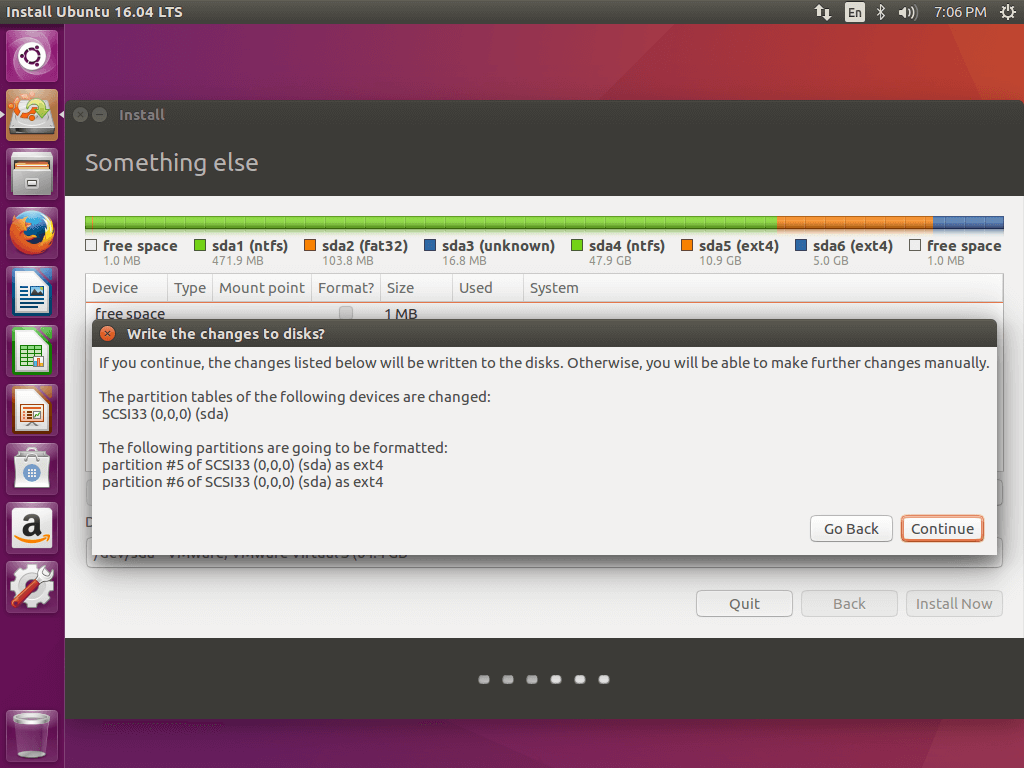Install Ubuntu From Windows 7
Contents • • • • • • • • • • • • • Introduction This page describes how to set up your computer in order to dual boot Ubuntu and Windows. While there are some benefits to dual-booting (e.g. Better performance for a native install), it is not recommended. Instead, it is best to do a native install of Ubuntu, and then virtualize the other operating system. Back Up Your Data Although this may seem obvious, it is important to your files to an external backup medium before attempting a dual-boot installation (or any other hard drive manipulation), in case your hard drive becomes corrupted during the process. External hard drives, USB flash drives, and multiple DVDs or CDs are all useful for this purpose. Thompson Submachine Gun Serial Number List here. Have a Windows recovery CD/DVD available Some computer manufacturers that pre-install Windows provide a Windows recovery/re-installation CD or DVD with the computer.

Jun 26, 2014 The Windows-based Ubuntu Installer (Wubi) allows you to install and uninstall Ubuntu from within Microsoft Windows. It lets a Microsoft Windows user try Ubuntu without risking any data loss due to disk formatting or partitioning. Wubi requires Windows 98, ME, 2000, XP, Vista, Windows 7. Install the Windows Subsystem for Linux. A 'Bash on Ubuntu on Windows' shortcut will be added to your start menu. Launch a new Ubuntu shell by either.

However, many companies no longer ship a physical disc but instead create a hidden partition on the hard drive in which the recovery-disk information is stored. A utility is then usually provided which allows the user to burn a recovery/re-installation CD or DVD from it.
If you are buying a new computer and intend on dual-booting, make sure you have (or can make) a physical Windows recovery/re-installation CD or DVD. If neither a CD/DVD nor a recovery partition/burning utility is provided by your computer manufacturer, you may need to contact your vendor and ask for a CD or DVD (to which you are normally entitled under the Windows EULA). Getting Recovery Media You may need to request a physical recovery/re-installation CD or DVD directly from your computer manufacturer.
Once you have created a physical backup disc from a restore-image partition on the hard-drive, the restore-image partition can either be removed or left in place. Ubuntu can be installed with it intact without problems. Install Ubuntu after Windows A Windows OS should be installed first, because its bootloader is very particular and the installer tends to overwrite the entire hard drive, wiping out any data stored on it. If Windows isn't already installed, install it first. If you are able to prior to installing Windows, leave space for Ubuntu during the initial partitioning process.
Then you won't have to resize your NTFS partition to make room for Ubuntu later, saving a bit of time. When a Windows installation already occupies the entire hard drive, its partition needs to be shrunk, creating free space for the Ubuntu partition.
You can do this during the Ubuntu installation procedure, or you can see for other options. If you have resized a Windows 7 or Vista partition and cannot boot up Windows, you can use the instructions from to fix it.
Install Ubuntu • Download an Ubuntu LiveCD image (.iso) from and burn it to a disc (see ). • Insert the LiveCD into your CD-ROM drive and reboot your PC. • If the computer does not boot from the CD (e.g. Windows starts again instead), reboot and check your BIOS settings by pressing F2, F12, Delete, or ESC. Select 'boot from CD'.